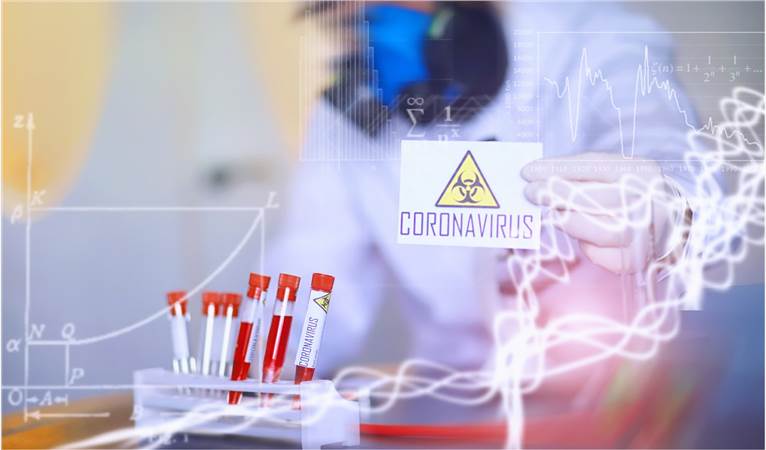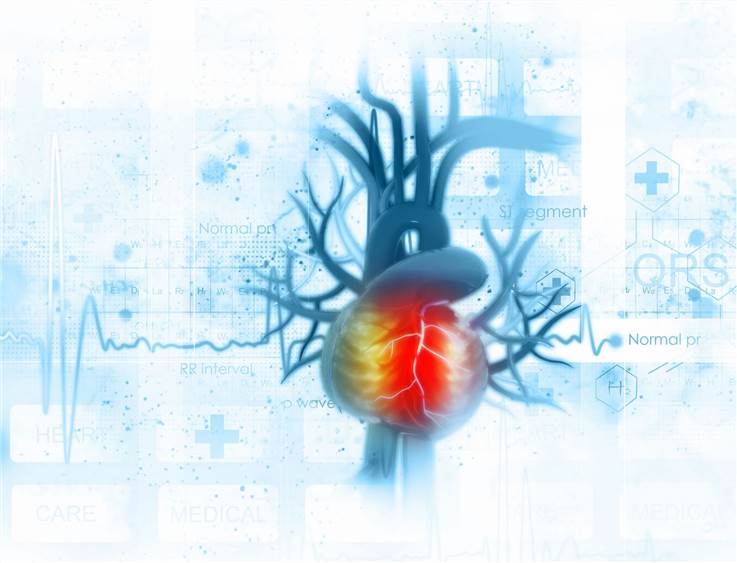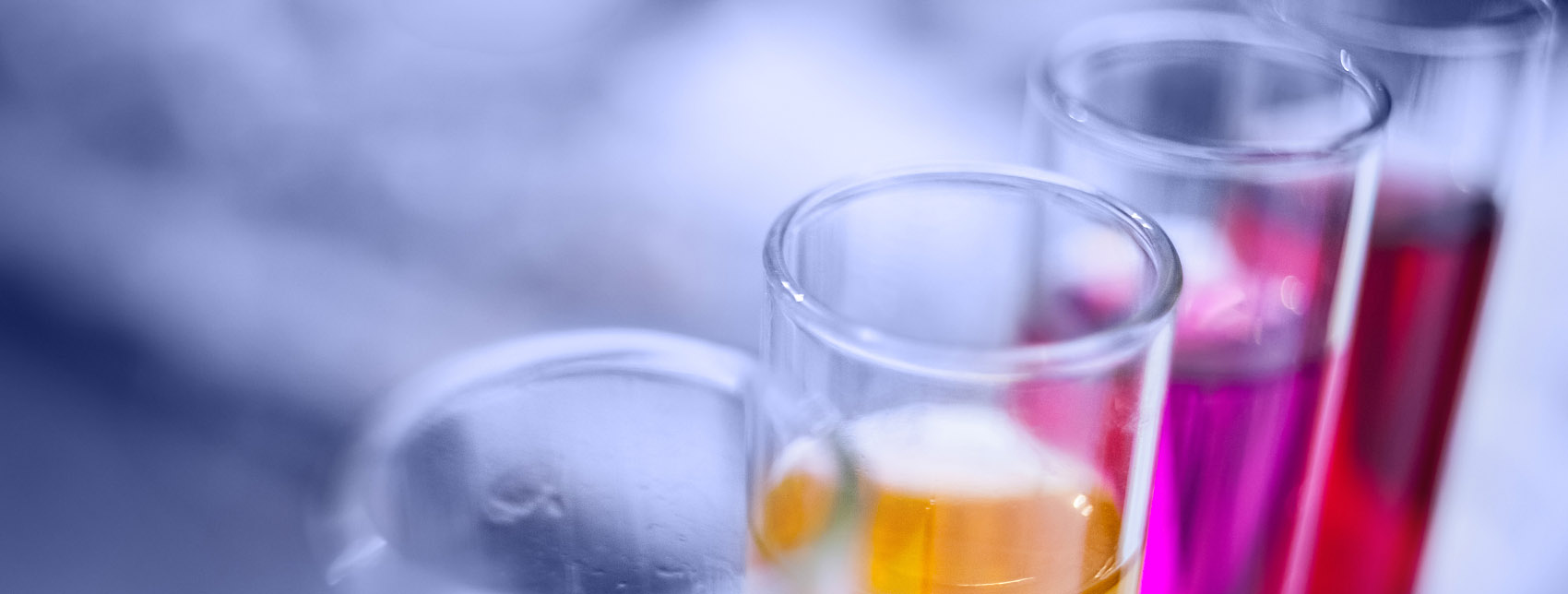Drug safety issues are an important factor leading to drug development failure and one of the main reasons for the withdrawal of marketed drugs. Traditionally, drug toxicity testing and safety evaluation are usually done in animal testing at the non-clinical stage, which will cause huge economic losses if serious toxic reactions are found and lead to drug development failure.
Conducting ion channel and cellular level toxicity testing at the early stage of drug development will significantly reduce the probability of failure in later stages of drug development, thus increasing the success rate and reducing the cost of development.
Our company provides solutions for early toxicity studies to help customers identify the toxic effects of compounds in the early stages of drug development, shorten the development cycle and improve the success rate.
Early Toxicity Prediction Study Capability
Our company offers a complete strategy from QSAR and in vitro early toxicity screening to in vivo early toxicity evaluation to help our clients identify the toxic effects of development compounds early in drug development. Evaluation programs include Derek and Sarah-based toxicity prediction, high-throughput genetic and reproductive toxicity evaluation, complete cardiotoxicity evaluation, and in vitro carcinogenicity evaluation.

Early Toxicity Prediction and Screening Solutions
Our company offers the following early toxicity prediction and screening solutions.
Derek and Sarah-based toxicity prediction
Derek is a toxicity prediction software that gives detailed information on toxicity risk by highlighting all toxicity-related substructures (toxicokinetics) based on literature knowledge, toxicity databases, and analysis of summary structures (toxicity relationships, species differences, physicochemical toxicity relationships) in user-shared databases.
Sarah is a toxicity prediction software based on "statistical modeling", using a unique and highly transparent machine learning algorithm to build a statistical model from Ames mutation experimental data, making the model more transparent and easier to interpret the prediction results by fragmenting the input structure, thus facilitating expert review and confirmation of toxicity risk.
Our company uses both software for impurity genotoxicity prediction.
High-throughput genetic and reproductive toxicity evaluation
| High-throughput genotoxicity evaluation | High-throughput reproductive developmental toxicity evaluation |
- Ames test.
- Mini-Ames test (6-well plate).
- In vitro chromosome aberration assay (chamber slide).
- In vitro binuclear micronucleus assay (chamber slide/96-well plate).
- In vitro optogenotoxicity assay.
- In vitro multi-biomarker genotoxicity assay (γ-H2AX, p53, H3, Cleaved-PARP).
| - In vitro whole embryo culture.
- Zebrafish embryo developmental toxicity screening.
|
Cardiotoxicity evaluation
- Myocardial ion channel screening assay (IC50).
1. hERG potassium ion channel (HEK293 cells transfected with hERG gene).
2. Nav1.5 sodium ion channel (HEK293 cells transfected with the Nav1.5 gene).
3. Cav1.2 calcium channel (CHO cells transfected with Cav1.2 gene). - Real-time cardiomyocyte analysis assay
1. Rat primary cardiomyocytes.
2. Human induced pluripotent stem cell differentiated cardiomyocytes (hiPSC-CM). - Isolated myocardial tissue action potential assay
1. Guinea pig papillary muscle action potential.
2. Rabbit Purkinje fiber action potential.

In vitro carcinogenicity evaluation
- Based on the Bhas42-transformed cell system, we determined the concentration of carcinogenic compounds in the cytotoxicity assay.
- Based on the Bhas42 transformed cell system, the genes associated with the initiation and growth phases of carcinogenesis were screened by the gene microarray method.
If you are looking for the best solution for the safety evaluation of drugs for human use, please feel free to contact us.
It should be noted that our service is only used for research, not for clinical use.


